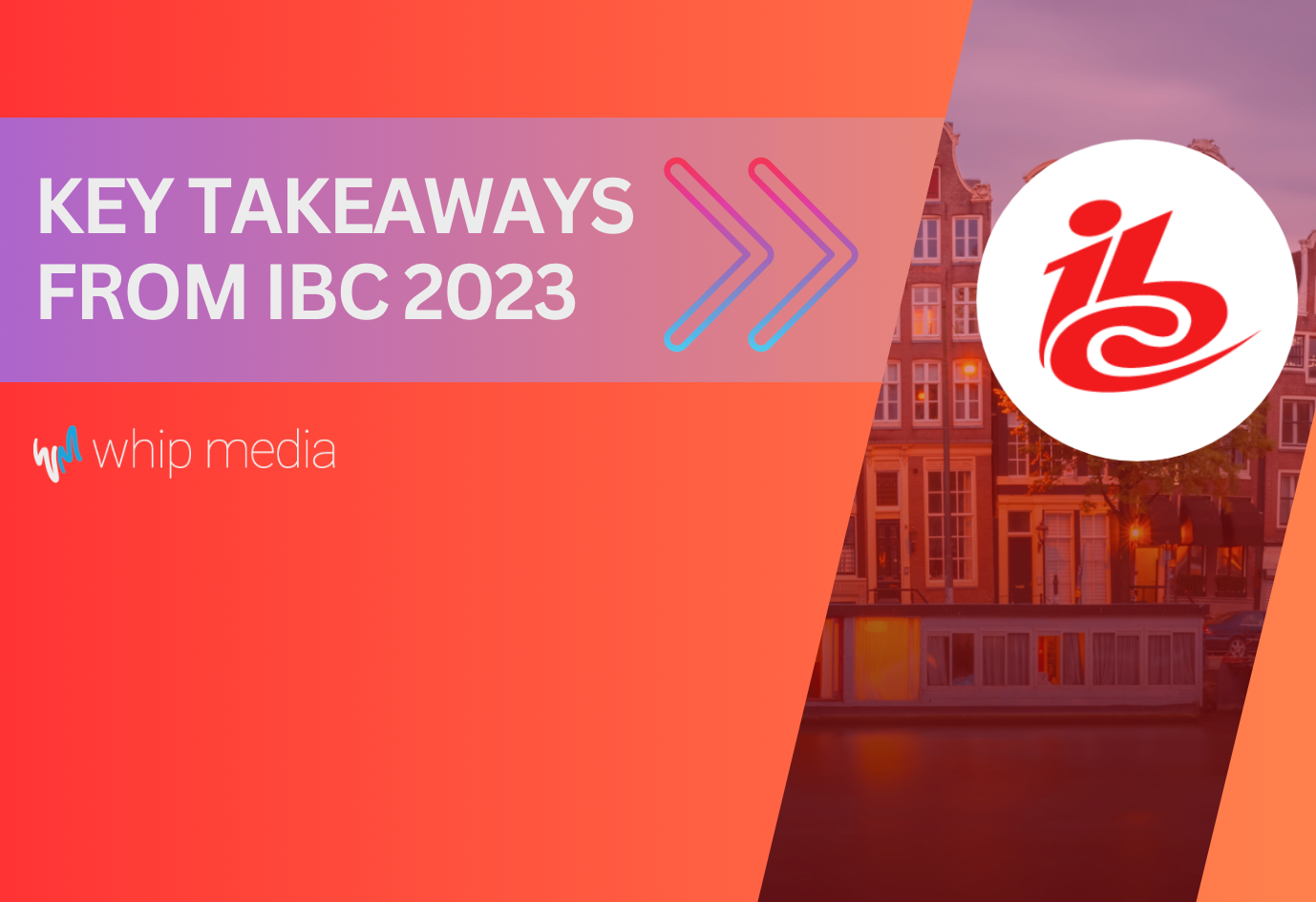
Steady as we go
Across the board, most media companies were looking for ways to save money. Intent on cost optimization, they were looking for solutions that enhanced efficiency and reduced costs. We heard about the rapid rise in the cost of capital, the impact of cord cutting & rapid churn (particularly in the US) and broader concerns about the impact that a difficult economic outlook might have.
There were some green shoots – a number of companies were exploring the ways in which AI could innovate (more on that later) and transform their organisations, but most were intent on ‘doing more with less’. Faced with increasingly complex content supply challenges, they were looking for ways to avoid increasing spend (or more accurately to reduce spend) over the next 12+ months.
As one of the service providers at Devoncroft put it: “we and our customers need to manage more with the same or less .. unlike 12 months ago, we’re now considering whether to propose solutions based around existing assets, at a better price-point for end customers, rather than new technology but at higher cost.”
Content is still king – but finding it is harder than ever
Most attendees were clear – quality content is still the currency which content studios, FAST channels and platforms need to deal in. With audiences managing content across transactional video (will there be a revival of this in the coming months?) subscription services and increasing competition from the likes of Peloton and gaming apps on operator platforms, it’s essential that content owners continue to focus on delivering quality content.
Recent events have made this very hard – witness the writers’ strike impasse in Hollywood right now. However, audiences still want great content, and with so many ways to consume shows, content discovery will be more important than ever. We heard that voice search will grow in importance, as will other, simpler methods of finding content on platforms.
FAST is here to stay, but it is evolving and will continue to do so
Excuse the plug, but the launch of Whip Media’s new FASTrack product went very well indeed. The solution helps media companies simplify the process of tracking content performance across FAST platforms as well as EST / TVOD / SVOD and AVOD. The level of positive responses was great, but not really surprising – in the months preceding IBC, most of our conversations had been centered around FAST, particularly in the US.
FAST remains one of the few good news stories in the industry right now and its rapid growth, has cemented the technology’s place as an important option for audiences who want to consume media in new ways. Nonetheless, we are convinced that it is one of an array of revenue stream options, not a silver bullet way of replacing linear broadcast revenues. As the market matures, and take-up continues, expect platforms and business models to evolve, at an incredibly fast pace.
Flexibility is key
Budgets are tight, complexity doesn’t seem to be going away, so flexibility is key. Whether from a desire to support new FAST platforms, or changes in audience behaviour, it’s harder than ever to just get content to our audiences.
There is huge pressure on companies looking to deliver or package their content and get it in front of people. Flexibility has become essential (if it wasn’t already). Monolithic system(s) just don’t work, we need solutions that play nicely with each other. Best-of-breed partners need to spend time working with each others, understanding customer problems and building solutions that fix a real problem. We need to implement tightly coupled solutions, which can be inter-operative and adopted to the changes going on in our fast-changing world.
There’s a change coming, but it’s not here yet
Some of us (myself included) expected major focus and discussion around Generative AI. Whilst it did come up quite frequently, it was interesting to hear that most companies are still experimenting with the technology – occasionally using it to validate code, build samples or provide relatively simple inputs for example – but we heard of very few (although there were definitely some) end-to-end workflows in wide-scale production. We have adopted a similar approach here at Whip – we’re testing AI on some very focused workflows but have yet to implement it on a very scale on customer sites.
Nonetheless, a change is coming – some broadcasters told us they have identified almost 100 different workflows which could benefit from Generative AI, so we expect widespread adoption to be a case of when, not if.
